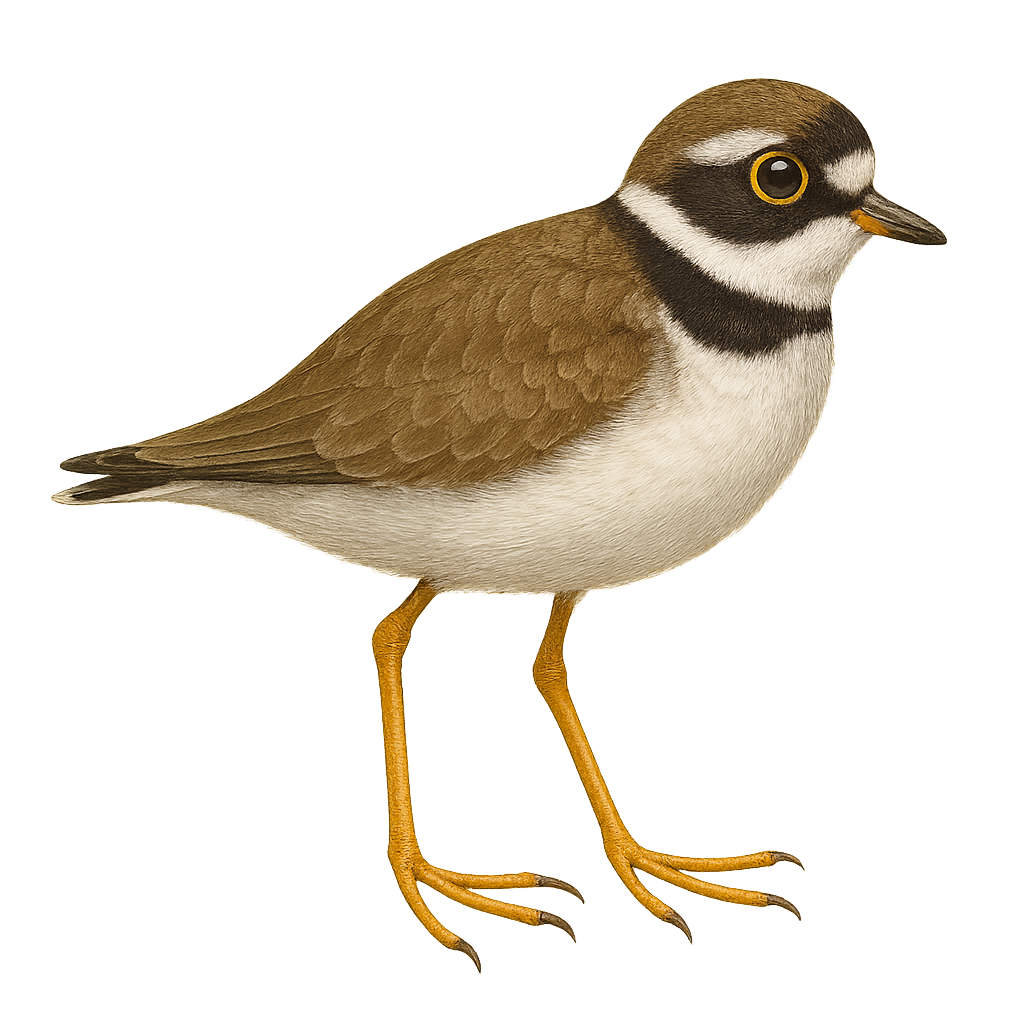Your wildlife photography guide.
Explore the semipalmated plover in detail, study its behavior, prepare your shots.
Where to observe and photograph the semipalmated plover in the wild
Learn where and when to spot the semipalmated plover in the wild, how to identify the species based on distinctive features, and what natural environments it inhabits. The WildlifePhotographer app offers tailored photography tips that reflect the semipalmated plover’s behavior, helping you capture better wildlife images. Explore the full species profile for key information including description, habitat, active periods, and approach techniques.
Semipalmated Plover
Scientific name: Charadrius semipalmatus

IUCN Status: Least Concern
Family: CHARADRIIDAE
Group: Birds
Sensitivity to human approach: Suspicious
Minimum approach distance: 10 m
Courtship display: May to June
Incubation: 23-25 jours
Hatchings: June to July
Habitat:
Beaches, mudflats, sandy shores
Activity period :
Primarily active during the day, with peak activity in the morning and late afternoon.
Identification and description:
The Semipalmated Plover, Charadrius semipalmatus, is a small shorebird recognized by its brown back and white belly, with a distinctive black band across its chest. It has a short, orange bill with a black tip and orange legs. It inhabits beaches, mudflats, and sandy shores, feeding primarily on insects, worms, and small crustaceans. A migratory bird, it breeds in the Arctic and winters along the American coasts, from the southern United States to South America. Its call is a soft "chu-weet" often heard in coastal habitats.
Recommended lens:
400 mm – adjust based on distance, desired framing (portrait or habitat), and approach conditions.
Photography tips:
To photograph the Semipalmated Plover, it's advisable to use a telephoto lens of at least 400mm to capture detailed images without disturbing the bird. Look for beaches or mudflats where they feed, and be prepared to lie on the ground for interesting angles. Morning or late afternoon light is ideal for well-lit photos. Be patient and discreet to avoid scaring these suspicious birds.
The WildlifePhotographer App is coming soon!
Be the first to explore the best nature spots, track rutting seasons, log your observations, and observe more wildlife.
Already 1 430 wildlife lovers subscribed worldwide

